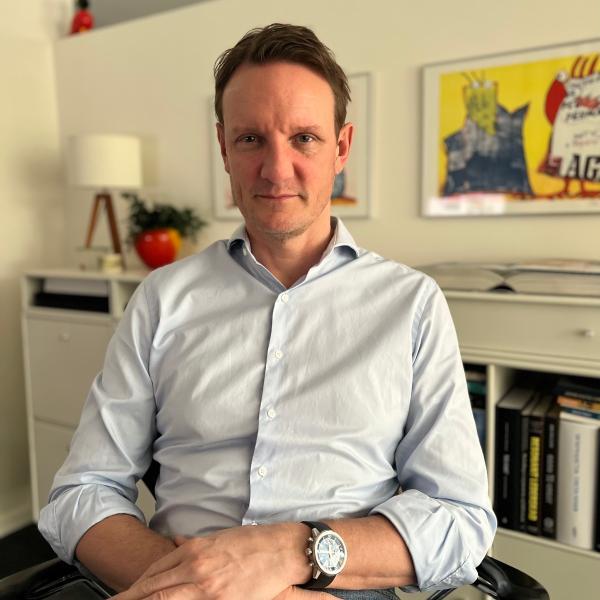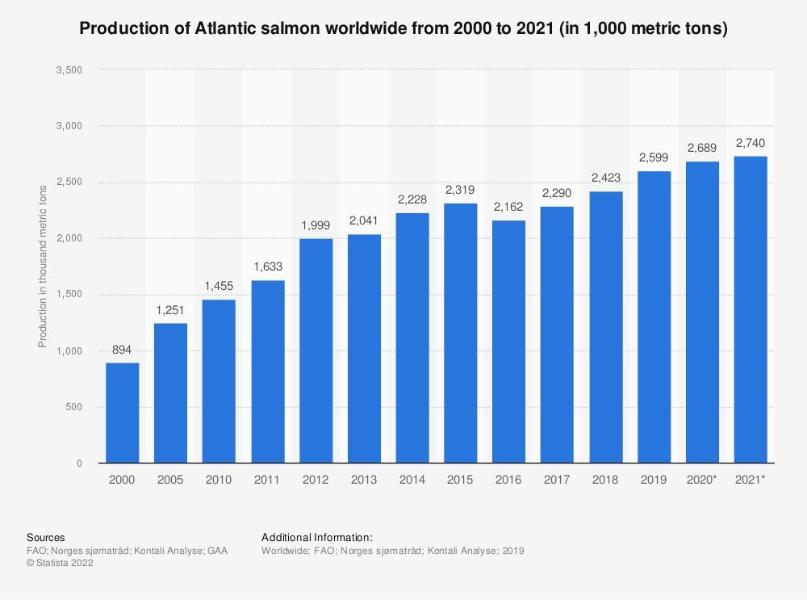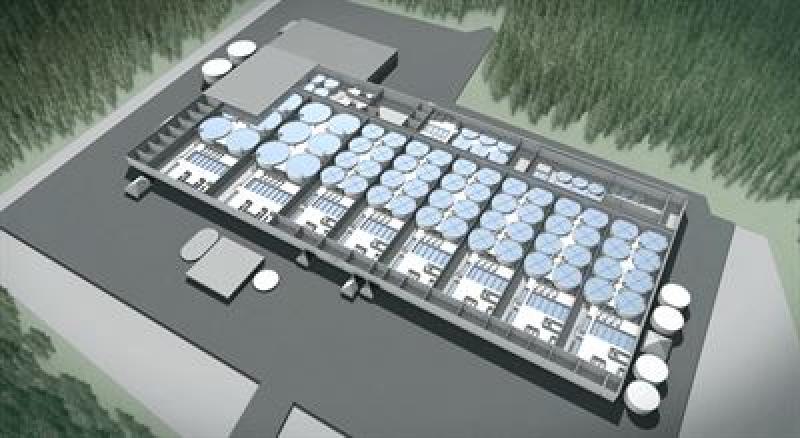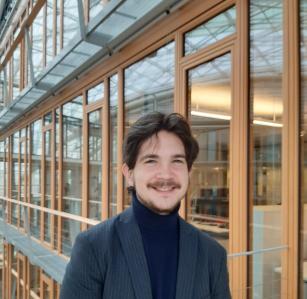A Swedish company aims to farm salmon on land, providing nutritious, sustainable local salmon to Sweden
Salmon is an essential part of Swedish cuisine. You can find it on every festive Swedish smorgasbord at Christmas. And it serves as a chaser after aquavit during Midsommar, the celebration of the summer solstice. So it is no surprise that Sweden is one of the top consumers of salmon in Europe. But less than 1% of this salmon actually comes from Sweden, with most of it imported from Norway.
RE:OCEAN wants to change that, by developing the country’s first large salmon farm in Säffle. This is not the name of one of Sweden’s fjords, where you might expect the salmon to swim. Rather, it’s a small city in the west-central provice of Värmland. There, RE:OCEAN will build a facility, where salmon will be farmed in an fully controlled environment, mimicking natural growing conditions, from hatching to processing and packaging. Some 10 000 tonnes of salmon are set to be produced by the Swedish company annually as early as 2026, which will translate to one fifth of all salmon consumed in the country.

Morten Malle
“Our ambition is to create the most sustainable salmon available, in terms of human health and the environment,” says Morten Malle, RE:OCEAN’s chief executive.
Farming salmon on land to strengthen the oceans
Salmon start their lives as grape-sized eggs in freshwater rivers and streams. Then, as they begin to mature, they migrate across the ocean. After one or more years, the adult salmon reverse their epic odyssey, navigating thousands of kilometres to the precise waters of their birth. All this, while facing predators and extreme weather conditions. Upon reaching their native streams, they mate, and the life cycle begins again.

Production of Atlantic salmon worldwide from 2000 to 2021(in 1,000 metric tons)
Today, the survival of wild salmon is at risk, as they are an endangered species in many European countries. Their survival is threatened by the destruction of their habitat, the pollution of waterways, overfishing, and climate change. At the same time, the demand for salmon is constantly increasing. With the world’s hunger for fish set to double by 2050, there is a need for a sustainable way to meet future demand.
Land-based salmon farming could help maintain wild fish stocks and the natural biodiversity of the oceans. This practice can provide a year-round supply of fresh salmon for the market, while letting overfished stock rebuild.
- Read more about how a French firm is breeding plants that resist climate change
Farming salmon in the middle of Sweden
To raise salmon offshore, you need water at a temperature between 8°C and 14°C, a sheltered coastline, and optimal biological conditions. Unfortunately, only a few countries and regions meet these criteria. But land-based farms can be located almost anywhere.
At its 58 800 m² facility on the outskirts of Säffle, an industrial town surrounded by forests and rivers, RE:OCEAN will harvest Atlantic salmon in large fish tanks, with a surface area equivalent to eight football fields. The facility is designed using cutting-edge aquaculture technology and water that is continually filtered, purified, and recirculated.
“On a land-based salmon farm, you can control the water environment, while in the sea you cannot,” says Jean Francois De Saedeleer, a senior engineer at the European Investment Bank. “This way you can create a controlled environment, and you can exclude the risk of sea-lice and the need for antibiotics.”
The facility will also encompass all the production steps under one roof, from egg to harvesting, processing and packaging, allowing for the delivery of fresh salmon directly to Swedish supermarkets and restaurants in less than six hours.
“The investment will help Sweden generate 20% of its demand for salmon, reducing food miles and strengthening the resilience of Sweden’s domestic bio-economy,” says Khalid Naqib, a venture capital investor at the European Investment Bank.
- Read more about innovative water climate solutions to deal with scarcity and flooding in the coming decades
Supporting Sweden’s innovation
Farming salmon on land is a complicated and costly process. From harvest to distribution and sales, production can take up to two years.
The European Investment Bank is supporting RE:OCEAN with a SEK 530 million (€47 million) venture debt investment, signed in December 2022. The financing was done under the umbrella of InnovFin Energy Demonstration Projects, a facility launched by the European Investment Bank and the European Commission to provide risk financing for and to boost the competitiveness of innovative energy technology companies in Europe.
“Circular economy is at the centre of our way of thinking,” says chief executive Malle. “The facility will be powered entirely by renewable energy, and it will produce no emissions. Then, the waste from our processing facility will be utilised by third parties and sold to a biogas plant.”
The European Investment Bank financing will help RE:OCEAN move forward with the construction of the facility in Säffle.

RE:OCEAN aims to make its facility carbon neutral and run it on 100% renewable energy
Sustainability has been built into many aspects of this land-based salmon farm and its integrated processing facility, starting with the site’s location, close to consumers. It also uses of renewable energy, by-products are used for pet feed, and residual sludge is processed for biogas production, while strict sustainability standards are applied to feedstock. The complex filtration system also minimises water consumption, resulting in a re-use rate of 99.99%.
“It is a long journey from the idea to the actualisation,” says Malle. “But the agreement with the European Investment Bank was a clear vote of confidence and helped us increase dramatically the interest in our project.”
